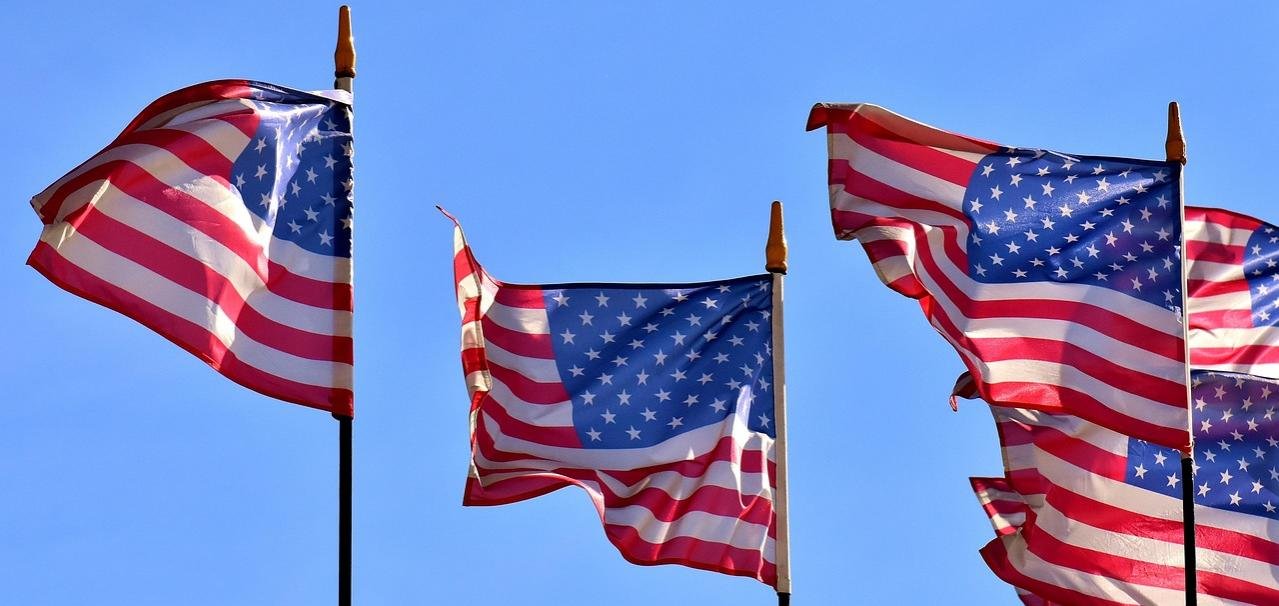history
How the Pledge of Allegiance Evolved into a Beloved National Ritual

The Continental Congress formalized the nation’s flag on June 14, 1777, establishing thirteen red and white stripes and a blue field with thirteen stars. This design symbolized a new constellation representing the United States. Initially, the flag was seldom seen outside government and military contexts.
Its visibility surged during the Civil War, as residents of the North displayed it proudly to support the Union. Historian Marc Leepson notes that after the war, the flag evolved into a beacon of national unity.
In 1885, schoolteacher Bernard Cigrand marked the first official observance of Flag Day with his students in Wisconsin. His advocacy led to the U.S. Congress designating June 14 as a national holiday in 1949. Today, countless Americans celebrate this day by honoring the flag.
The Pledge of Allegiance, a staple in American civic life, reflects deep-seated patriotic traditions. Traditionally recited by schoolchildren, the pledge opens legislative sessions and gatherings across the nation. This ritual, viewed through the lens of American civil religion, highlights the intertwining of patriotism and faith.
The concept of civil religion, rooted in Enlightenment thought, suggests that national identity is often based on religious-like reverence. Sociologist Robert Bellah argued that American civil religion coexists with traditional faiths, fostering a unique patriotic bond among citizens.
Bellah’s ideas sparked considerable discourse in academic circles. While some scholars find civil religion a useful framework to analyze American identity, others, like historian John F. Wilson, critique it for oversimplifying diverse cultural threads within the nation. Historian Charles H. Lippy further contests that it reflects the experiences of a privileged demographic.
In my examination of American religious history, civil religion unveils the complexities surrounding the Pledge of Allegiance. Initially introduced in a children’s magazine in 1892, the pledge arose amid a resurgent devotion to the flag in schools. This initiative was part of a broader movement to instill national pride post-Civil War.
Despite its success, not everyone embraced the pledge. Some religious groups, including the Jehovah’s Witnesses, opposed it on the grounds of their pacifist beliefs, arguing it conflated patriotism with internal conflict. Their legal challenges culminated in a Supreme Court case that, initially siding with national unity, was reversed amidst changing public sentiments during World War II.
The Cold War further shifted narratives around the pledge. Amidst tension with the USSR, President Eisenhower introduced the phrase “under God” to the pledge in 1954, contrasting American values with perceived atheism.
Although neither Flag Day nor the Pledge carries legal weight today, both remain significant to American culture. The enduring observance of these customs reflects a profound national dedication—a civil religion that continues to resonate with many citizens.
Thomas S. Bremer, Professor Emeritus of Religious Studies, Rhodes College
















